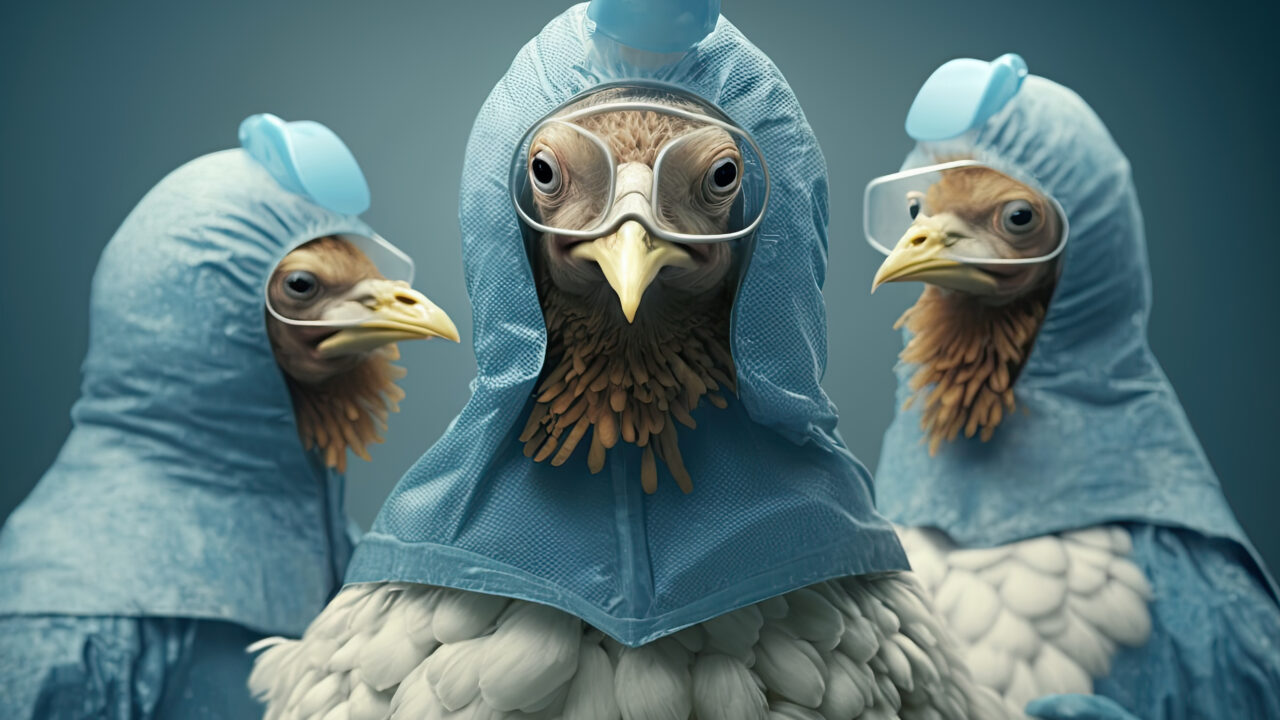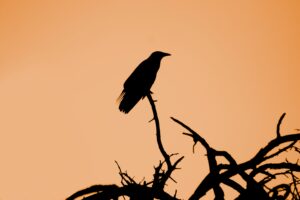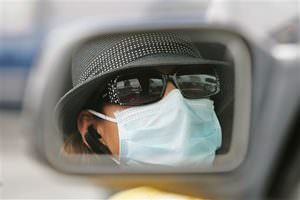One Sick Chicken
How the poultry industry complicates preparations for an avian flu pandemic. Chicken illustration by Adobe
Chicken illustration by Adobe
It’s hard to think about the next pandemic when we are not even close to being over the current one. But that’s the lesson from COVID-19, say scientists and public health officials: We must be prepared for nature’s next act. Right now, the smart money is on a possible jump of avian flu — currently ravaging poultry flocks around the world and rapidly spreading to new bird and mammalian species — into the human populations.
The avian flu variant doing so much damage right now is called H5N1, and the possibility that it could spread to humans is not hypothetical. Over the past 20 years, nearly 900 human cases of H5N1 infection have been recorded around the world, and more than half have been fatal. Moreover, the current outbreak of avian flu, which began more than 18 months ago, has spread from birds to a number of mammalian species. In some mammals, such as minks, the virus is showing clear signs of becoming transmissible from animal to animal.
The crisis has sparked a debate among scientists and public health officials over how best to protect both the poultry industry and, ultimately, the human population. Currently, poultry flocks infected with avian flu are “culled,” a polite word for mass poultry murder.
But some experts argue that we must shift to a strategy of vaccinating poultry now, before it is too late.
The avian flu variant doing so much damage right now is called H5N1, and the possibility that it could spread to humans is not hypothetical.
As might be expected, there is opposition to vaccination, most notably from the poultry industry, which argues that the cost would be huge and have to be passed on to the consumer. Since there are no widespread vaccination programs currently in place in most other countries, poultry farmers worry that they would not be able to export so-called broiler chickens (ones consumed for their meat) once they were vaccinated without major changes in current trade agreements. In the U.S., such exports amount to about 18% of their multibillion dollar business, according to the National Chicken Council.
A total of eight vaccines against H5N1 are licensed in the U.S. and Europe, three by the U.S. Food and Drug Administration and five different ones by the European Medicines Agency. And the Centers for Disease Control and Prevention (CDC) has stockpiled vaccines in case of a human outbreak, although getting up to speed to deal with a full-blown epidemic would take months. One reason is that the H5N1 virus has already mutated since these vaccines were developed, so the vaccine stock would have to be updated before it could be distributed.
This combination of practical difficulties and industry objections might help explain why so many experts are telling the public that the risk of a human infection is low, while raising alarm bells in scientific publications and at scientific meetings. Once a human pathogen begins spreading in a community, it can often be too late to effectively stop it — as COVID-19, which started as a local outbreak in Wuhan, painfully taught us.
This combination of practical difficulties and industry objections might help explain why so many experts are telling the public that the risk of a human infection is low, while raising alarm bells in scientific publications and at scientific meetings.
Fortunately, scientists are not sitting around waiting for the worst. At least one research group has already developed a candidate vaccine against the variant of H5N1 causing the current outbreak, and other such candidates are in the pipeline. And while many blame China for the COVID-19 pandemic, it may be that Chinese scientists and public health officials are way ahead of the U.S. and Europe when it comes to countering the threat of avian flu. China, which claims to be the leading poultry producer in the world, has led the way in developing a “cull plus vaccination” strategy for dealing with the virus, a one-two punch of killing entire flocks that show any infection, while vaccinating all the rest. China claims to have lost very few poultry as a result, despite the three waves of H5N1 avian flu that have swept the world since the start of the 21st century.
In a recent review of these successes and the thinking behind them, scientists from research institutes in Guangzhou and Harbin drew what they insist are the lessons we must learn about avian flu.
“Any unnecessary obstacles to vaccination strategies,” they said, “should be removed immediately and forever.”
Your support matters…Independent journalism is under threat and overshadowed by heavily funded mainstream media.
You can help level the playing field. Become a member.
Your tax-deductible contribution keeps us digging beneath the headlines to give you thought-provoking, investigative reporting and analysis that unearths what's really happening- without compromise.
Give today to support our courageous, independent journalists.









You need to be a supporter to comment.
There are currently no responses to this article.
Be the first to respond.